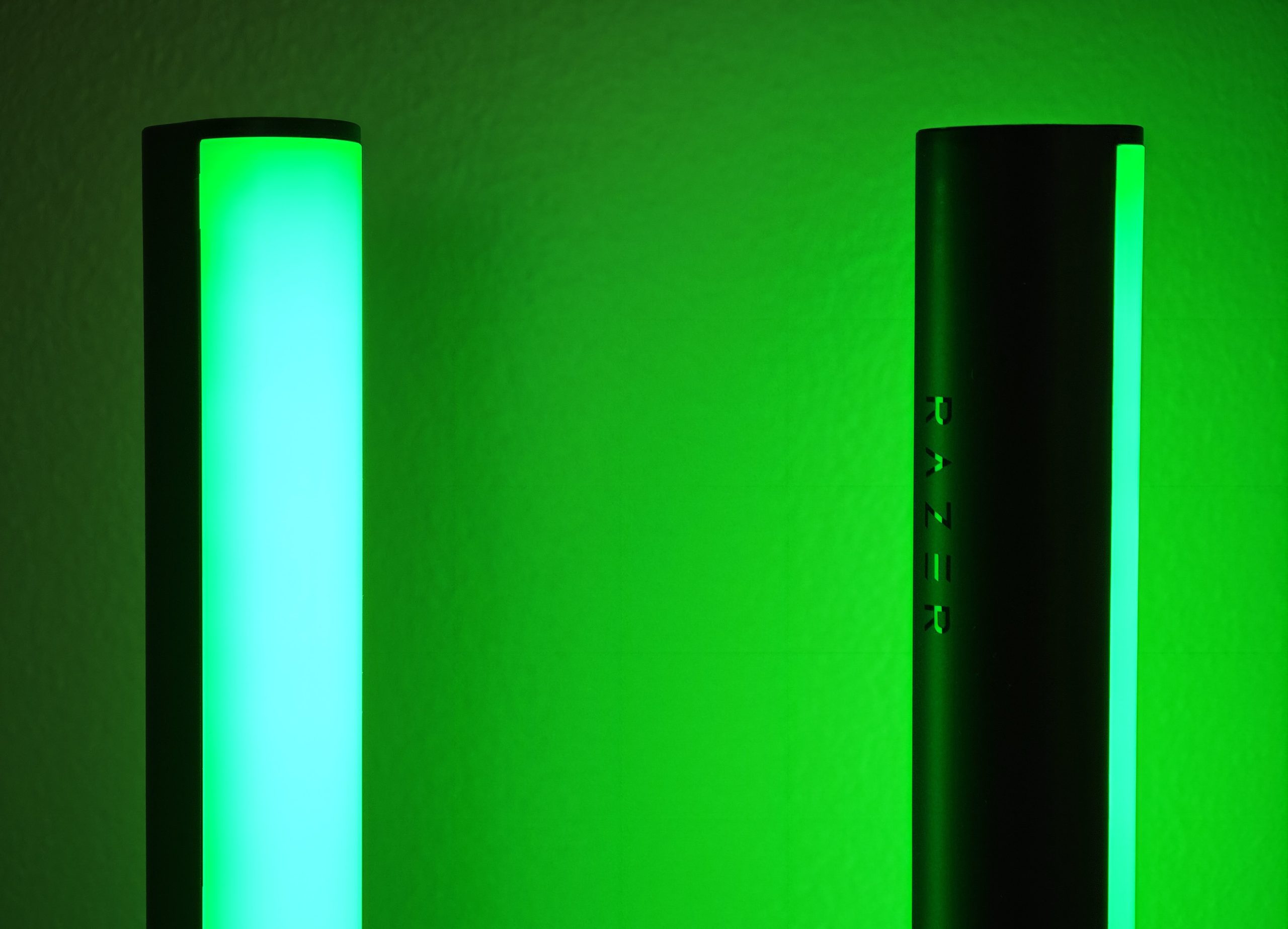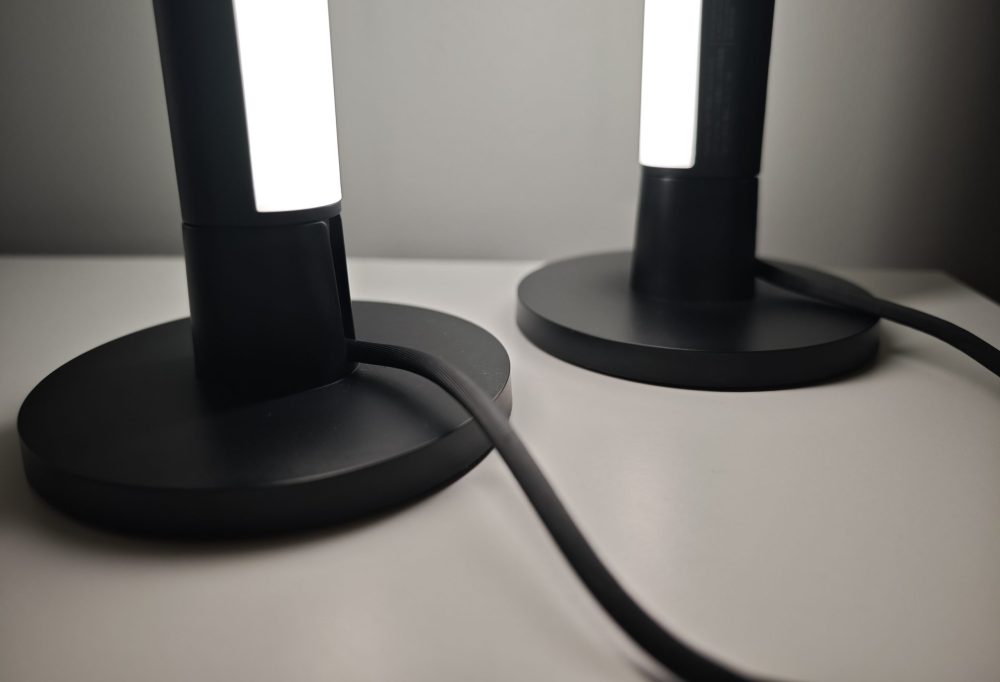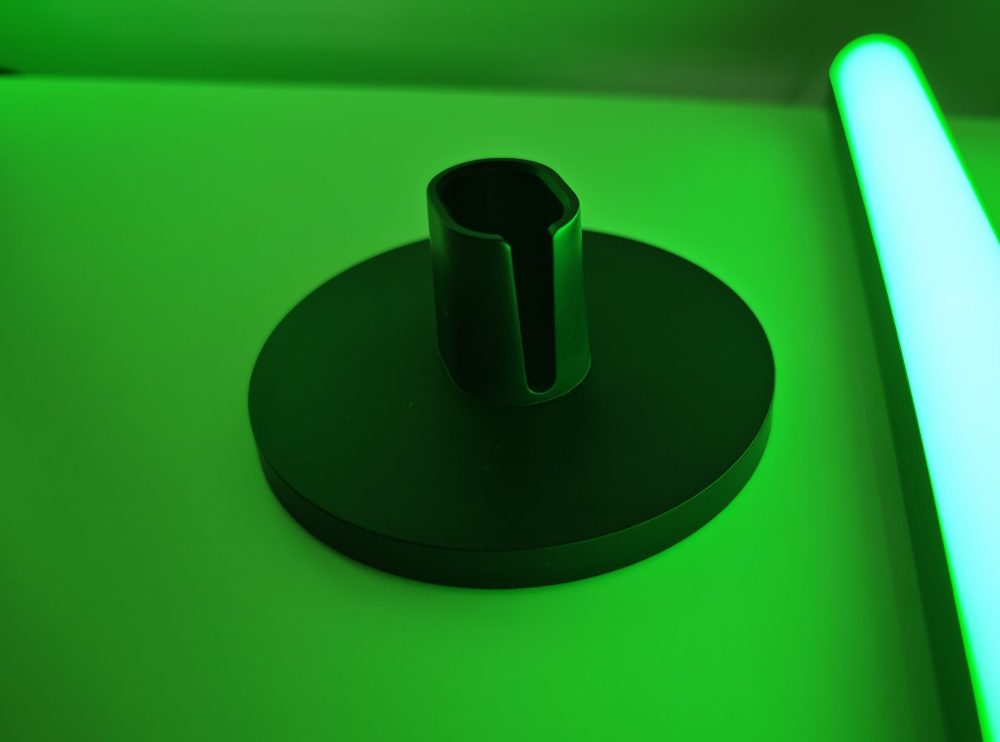TL;DR
Razer's Aether Standing Light Bars offer sleek, discreet lighting with impressive customization, similar to smart home systems. While beautifully designed for versatile placement, the setup can be tricky, requiring 2.4 GHz Wi-Fi and some troubleshooting. The control software, Razer Synapse 4, is incredibly powerful but can feel overly complex and disjointed, making advanced features hard to master. Despite these hurdles, the lights provide stunning ambient effects, especially when synced with other Razer gear, making them a stylish addition to any space. Ready to see if the sophisticated lighting is worth the software complexity? Read the full review!
Razer offers an extensive selection of lighting solutions designed to perfectly complement your gaming environment. A key appeal of Razer’s lighting is its robust similarity to general wireless smart lighting systems. This means users benefit from extensive customization options, seamless integration with smart home ecosystems, and even compatibility with Philips Hue. In today’s review, we will be examining the Razer Aether Standing Light Bars. We will scrutinize the advanced, and potentially overly complex, application designed to control Razer’s system, and also explore the innovative design elements that integrate the Aether Standing Light Bars into your interior aesthetics, rather than simply serving as accent lighting beside your computer.
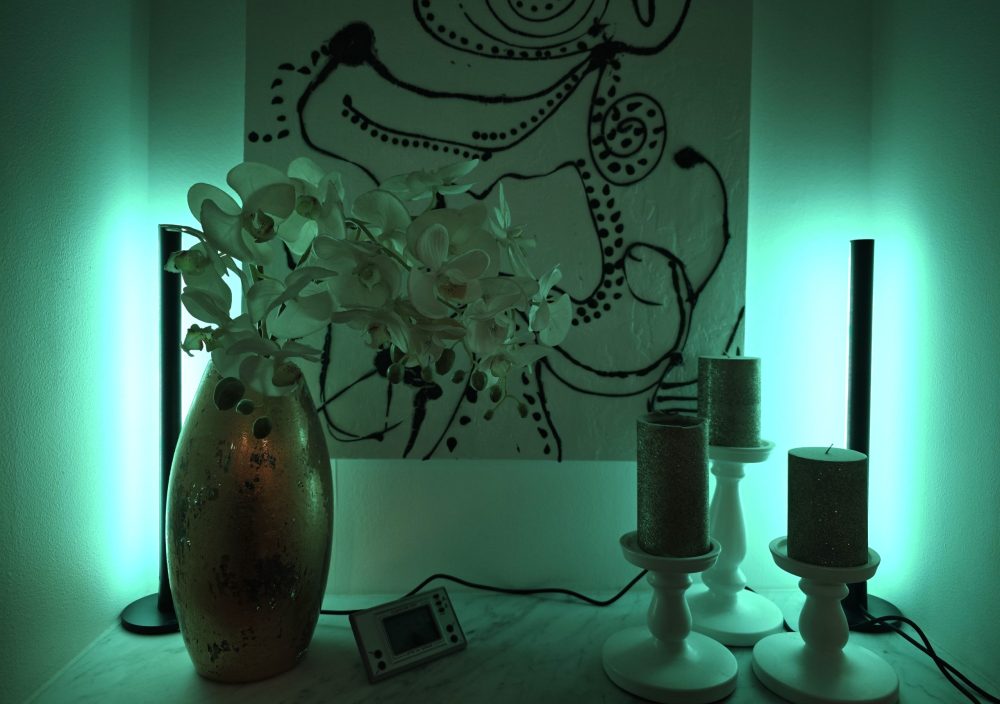
(Photo: senses.se)
First Impression – Aether Standing Light Bars
When we reviewed the Razer USB 4 Dock and the Razer Monitor Stand Chroma, we were favorably impressed by their sleek and elegant design. They exuded a sophisticated aesthetic, diverging from the more overt branding often seen in other Razer products with prominent illuminated logos. The unboxing experience of the Aether Light Bars evoked a similar impression; they are discreet and professional. The two lights are interconnected via a cable, and light 1 (identified by a small numeral, with light 1 being closer to the split) features an additional cable terminating in a USB-C connector. This straightforward connectivity simplifies installation.
Each light unit incorporates a base designed for versatile positioning, allowing the lights to be oriented in either direction and facilitating appropriate cable routing. This design facilitates versatile placement, enabling them to function as backlighting for a monitor or be rotated to provide front illumination for streaming. Concurrently, it enables discreet cable management. Despite their wireless control capabilities, consistent cable connections and adequate voltage are necessary to achieve optimal brightness.
Connecting these devices, however, requires familiarity with network configurations, as the lights exclusively connect to the 2.4 GHz band (which on newer routers is often designated as a separate IoT frequency). The setup process was not entirely intuitive, requiring some troubleshooting before successful detection. Despite their Matter compatibility, the omission of a Matter QR code is notable, as its inclusion would significantly streamline the connection process. This was particularly evident with Philips Hue, which, while appearing within the app system as linked, was not discoverable in the Philips Hue panel. Conversely, integration with Google Home proved seamless and immediate (a point of note given the often complex nature of the Google Home application).
However, once operational, the subsequent challenge involved navigating the various applications within the Razer ecosystem, including Synapse 4, Chroma, and Razer Gamer Room. This multiplicity of applications proved somewhat disjointed, a point worth emphasizing.
Command Center – Razer Synapse 4
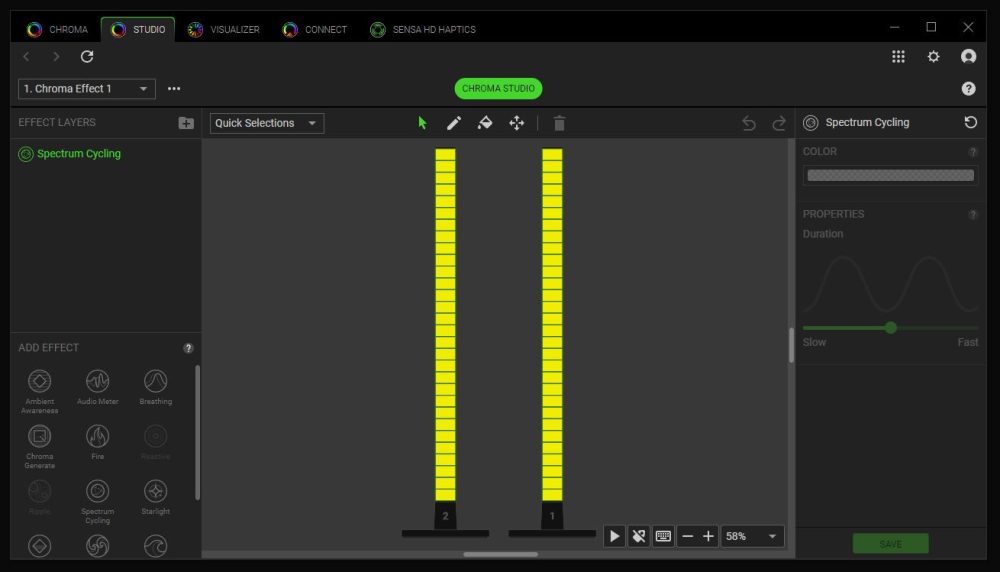
(Photo: Razer)
To operate Synapse 4, creating an account is not strictly necessary; settings can be made as a guest. The drawback, however, is the inability to save configurations, which effectively necessitates account creation for practical use.
Upon account creation, Razer Synapse 4 unlocks a vast array of customization possibilities, enabling intricate lighting synchronization across lights, keyboards, gaming mice, mouse pads, and various other compatible devices. Users can orchestrate precise light waves, flowing at specific angles from keys, across the mouse, and onto the wall. The system allows for selective application of effects to specific keyboard keys, transforms lights into dynamic pillars that react to music, and offers a multitude of other variations.
The primary challenge lies in its intricate and advanced nature, which can easily lead to user disorientation and difficulty comprehending its full functionality. For instance, despite ensuring correct audio output and music program selections within Synapse 4, dynamic lighting effects often failed to activate. Furthermore, conflicts arise when multiple applications are active, and attempting to adjust settings via a mobile device can interfere with simultaneous configuration on a computer. This aspect presents significant usability hurdles. Even for experienced users accustomed to exploring and configuring new software, this system presented unusual difficulties.
Conversely, simpler functions, such as scheduling different static colors or linking specific colors to various games, are straightforward to implement. These are clear, manageable, and can be performed via a mobile device. In this aspect, the Razer Aether Standing Light Bars align with initial expectations: they are exceptionally stylish, subtly integrated (without requiring overt concealment), and effective lighting solutions for establishing a desirable ambiance.
The Light
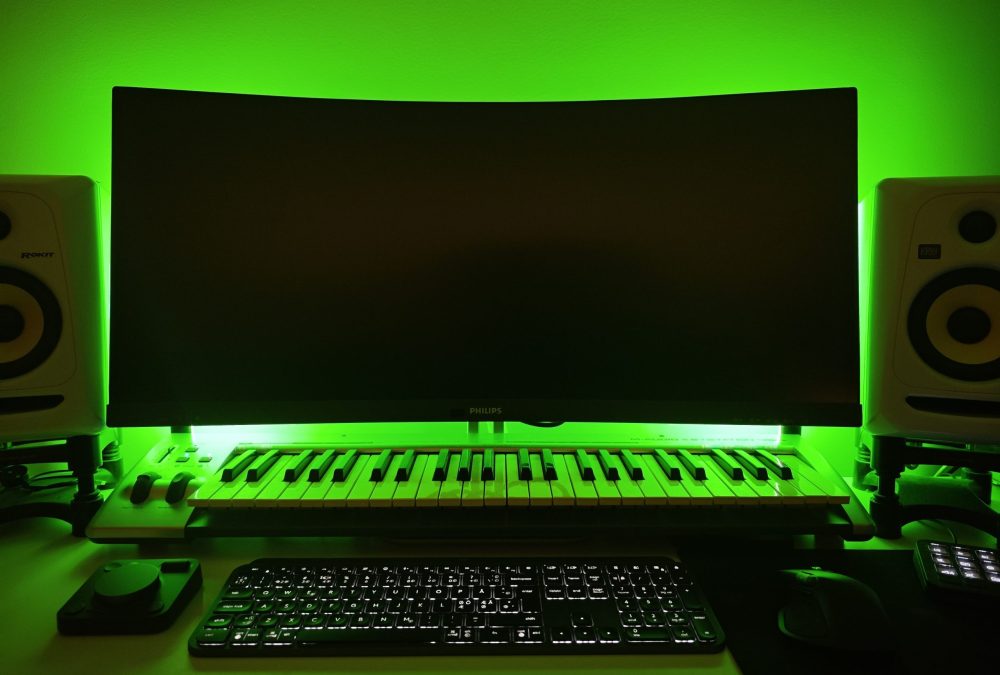
(Photo: senses.se)
The lighting quality is impressive, and its impact is particularly notable when used as backlighting for a display (albeit requiring careful cable management). Subtle effects, such as the gradual, fading color shifts between presets, are visually pleasing; the ‘fire’ variant, in particular, offers a surprisingly warm aesthetic. As previously noted, the Wi-Fi connectivity allows for flexible placement of the Razer Aether Standing Light Bars across various locations. This extends their utility beyond a typical computer setup, enabling their use as accent lighting on bookshelves, as nightlights, or for other creative applications.
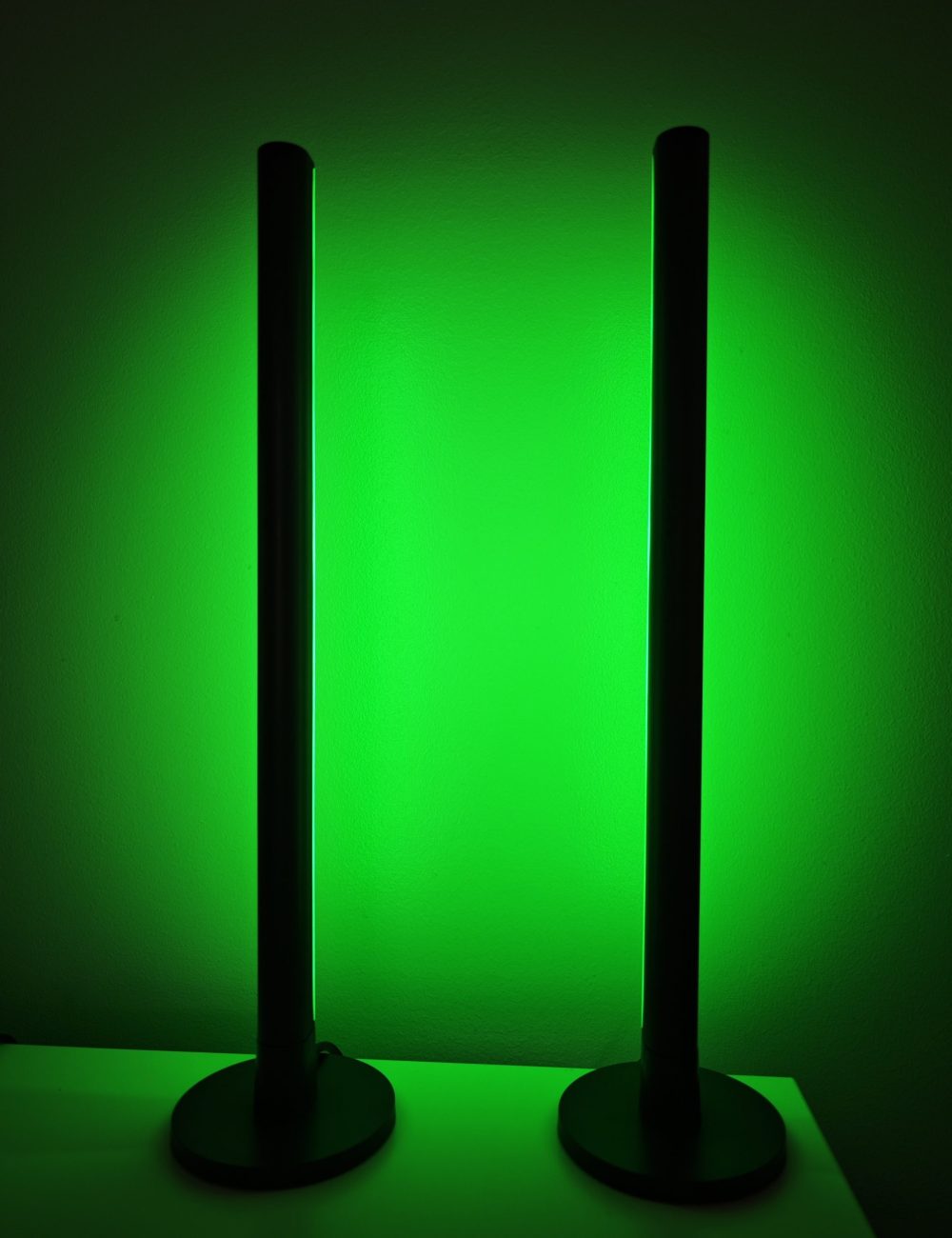
(Photo: senses.se)
The Bottom Line – Razer Aether Standing Light Bars
The light bars themselves are elegantly designed, unobtrusive, and provide a pleasant illumination, though a slightly higher maximum brightness would be beneficial. Wireless control is a significant advantage, offering flexible placement options beyond a typical desktop setup, such as on a bookshelf or in other rooms.
The accompanying software, while powerful, is complex in certain areas, leading to usability challenges. While basic functions were straightforward to implement, and several features were successfully configured, a significant portion of advanced functionalities remained inaccessible or difficult to activate. Connectivity also presented difficulties, suggesting areas for Razer to improve user experience and simplify the setup process. The potential for customization is extensive, and when integrated with other Razer peripherals such as the Razer Cobra Hyperspeed, Razer Kraken V4 PRO, and Razer Monitor Stand Chroma, users can orchestrate spectacular and dynamic lighting effects tailored to specific applications or games.
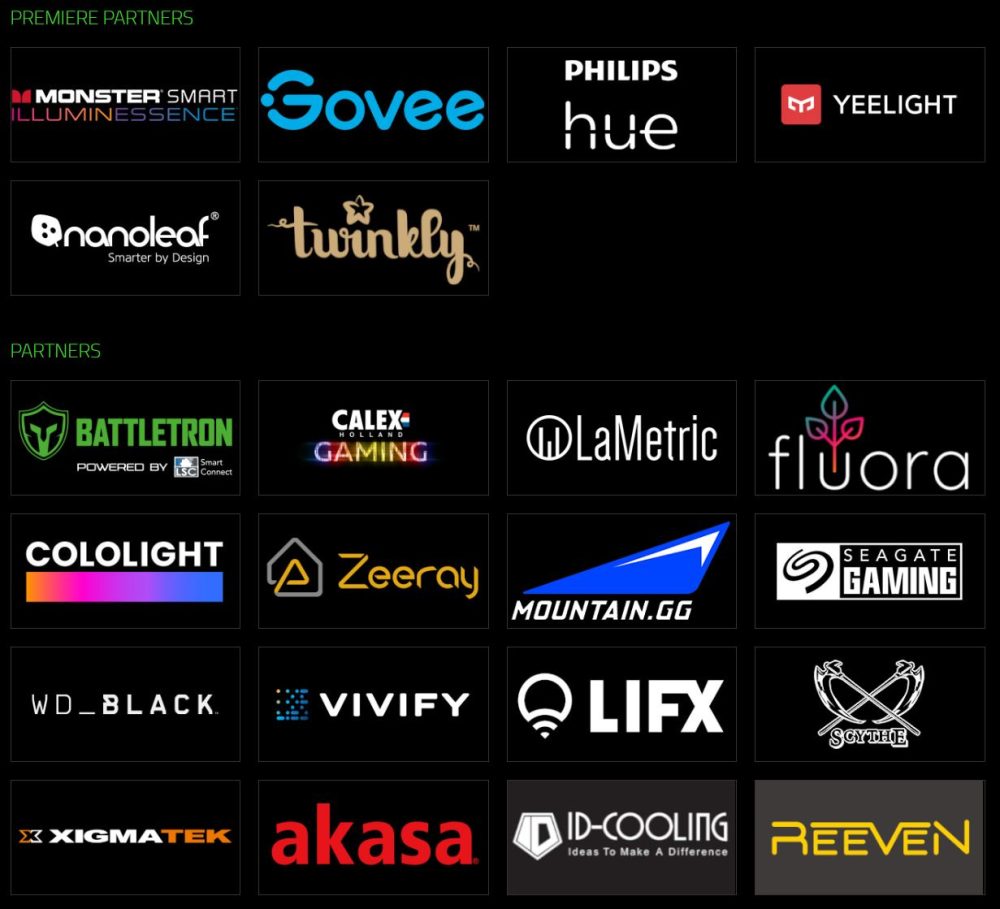
(Photo: Razer)
Priced at approximately 1,000 SEK, these lights offer commendable value. While alternatives exist at a slightly lower price point, and Razer Synapse supports third-party integration, managing devices within the same ecosystem generally provides a more streamlined experience.
In conclusion, the Aether Standing Light Bars are commendable for their impressive illumination, versatile functionality, and competitive pricing.
Razer provided review samples for this test. Material providers have no editorial influence on our reviews; we always write independently, focusing on our readers and consumers.
